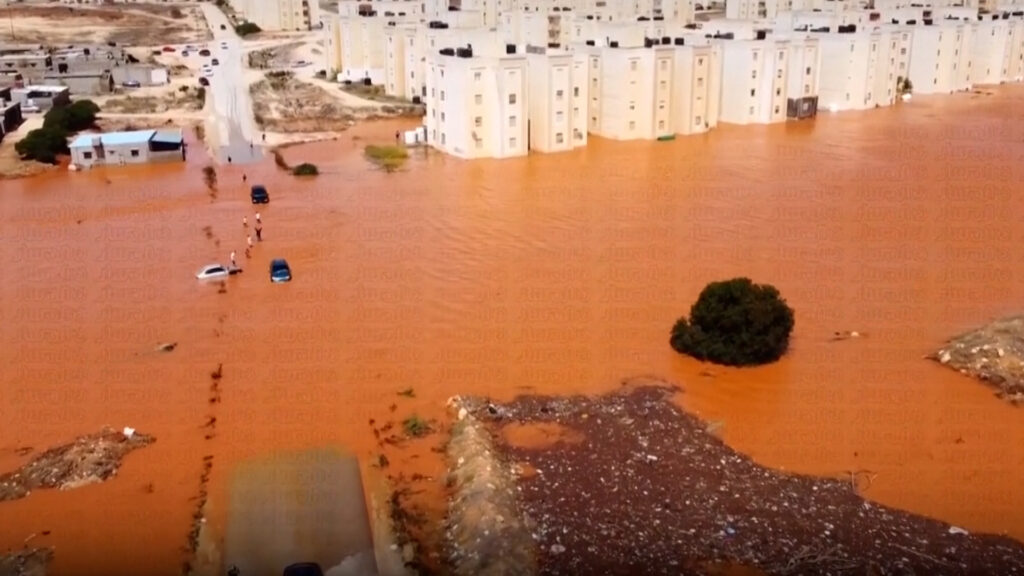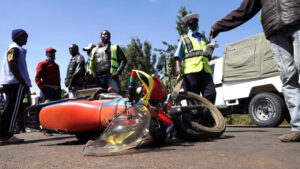Last week, the Head of Libya’s Red Crescent revealed that at least 11,300 people had perished in the devastating floods that engulfed Eastern Libya two weeks ago. Many survivors claimed the floods were more catastrophic than the wars that have consumed their nation for over a decade. Such tragedies underscore the lethal potential of floods. It’s imperative for us Kenyans to prioritize preparation for the anticipated El Nino rains expected to hit parts of the country from October to January.
Let’s recall that in 1997, El Nino rains resulted in the tragic loss of at least 2,000 lives. Despite the Kenya Meteorological Department issuing a warning about the 1997–98 El Nino nearly four months in advance, we took it lightly and therefore adequate preparations were not made. We cannot afford to make the same oversight again. I suggest the following five strategies to bolster our preparedness:
Firstly, it is crucial to deliberately create a common front. This is the point where we must drop all our perceived or real differences and speak in one voice for common good. All 47 Counties, in collaboration with the National government, must unite to heed the early warnings we’ve already received from Kenya meteorological department.
Tana River and Turkana Counties, being particularly vulnerable to extreme weather events like floods, have made significant strides. Their efforts offer lessons that can be applied nationally. For instance, when Turkana’s River Kospir overflowed, devastating everything in its course, no lives or livestock were lost because locals had heeded early warnings and relocated to safer areas. In Tana River, Britam, in partnership with global reinsurer Swiss Re, launched an index-based flood insurance solution for small scale farmers along the Tana River. This initiative deserves a passionately driven national scaling, facilitated by collaboration between the government and the insurance sector.
Secondly, cities like Nairobi, Mombasa, Kisumu, Nakuru, and Eldoret urgently need ongoing drainage solutions. The same is required of any small town or market in Kenya. Poorly maintained or non-existent drainage systems are major contributors to urban flooding. I commend Nairobi Governor Johnson Sakaja for recruiting 3,500 individuals to lead the effort in unclogging and maintaining drainage systems in Nairobi. I suggest that such great actions be replicated with speed and those involved be driven to appreciate the magnitude of their assignment. For the medium and long term, Kenya should focus on flood-resilient infrastructure, capable of withstanding intense rainfalls and subsequent flooding. This involves mapping out and retrofitting vulnerable urban structures and roads, providing employment opportunities for the youth.
Thirdly, both national and county governments should initiate extensive flood awareness sensitization campaigns. This will bolster community preparedness and education. Every Kenyan, both young and old, should be informed not only of the impending rains but also the appropriate response measures. With the Elnino alarm, Ignorance and unpreparedness can no longer be excused.
Fourth, over the medium term, emphasis should be on accelerating reforestation and afforestation, especially in hilly areas like Murang’a that are susceptible to landslides. Creative initiatives such as Plant Your Age should be popularized to inspire the populace towards action. In the immediate term, residents in high-risk zones should be evacuated proactively. It’s always better to be safe than sorry.
Fifth, the upcoming El Nino presents a myriad of business opportunities which may include Rainwater harvesting, Flood resistant housing, Climate resilient agriculture, Disaster Preparedness training and services and ecotourism solutions. In every crisis there lies great opportunities, and the secret lies in identifying them. I suggest that commercial banks be most innovative and tailored unique products for the season. Additionally, farmers, especially in regions expected to receive moderate rainfall, should view this period as a lifetime opportunity to maximize the use of their land to deal a huge technical knockout to the current high cost of living.
Friends, the only way to bridge the gap between our aspirations and operations is by us deliberately choosing to move from plan to action. Let’s stand to be counted through our useful actions. I just did mine. Wewe je? Think green, act green!



